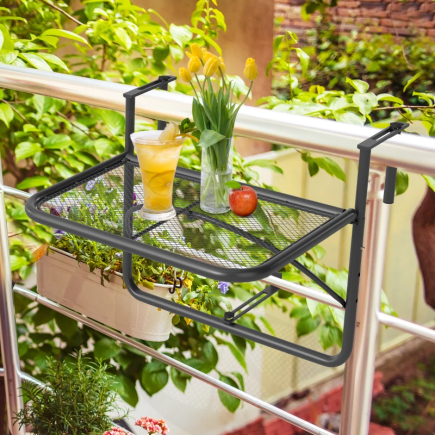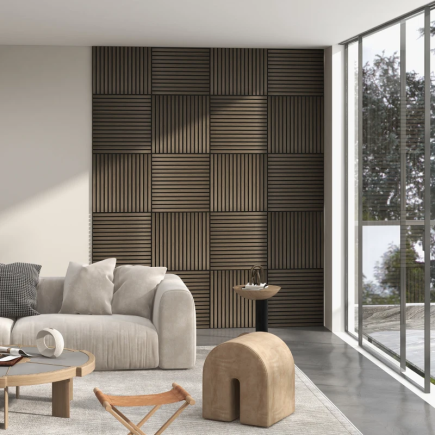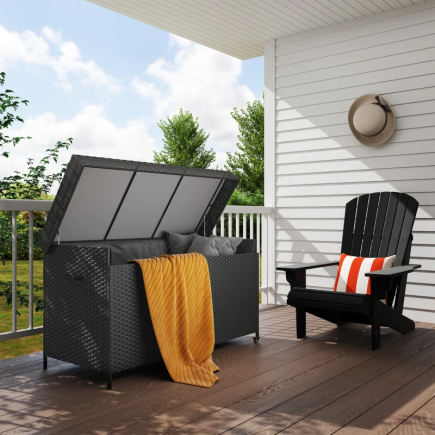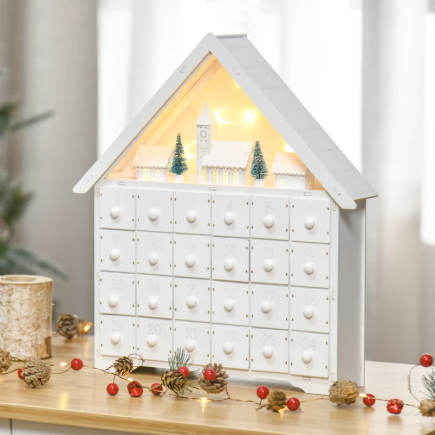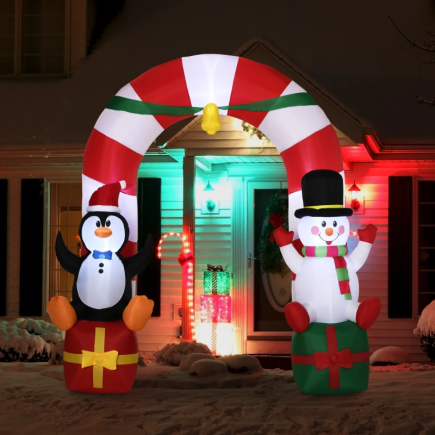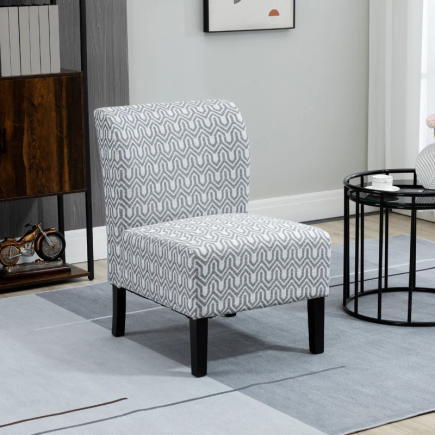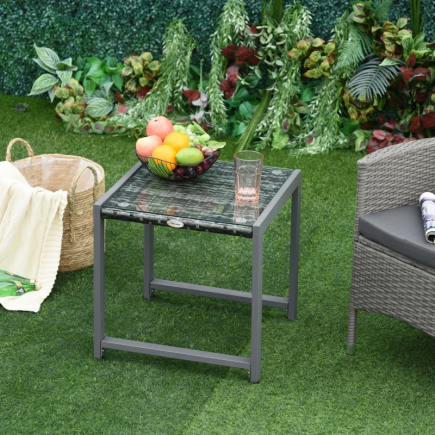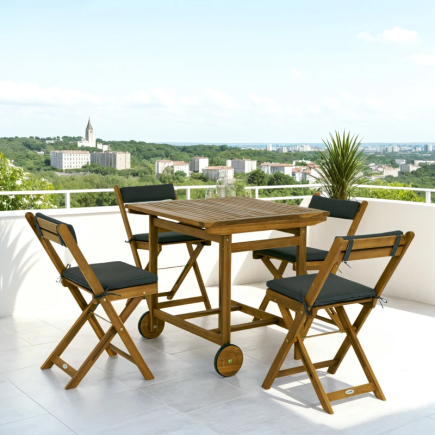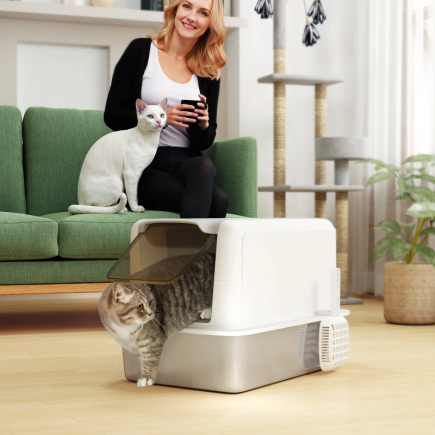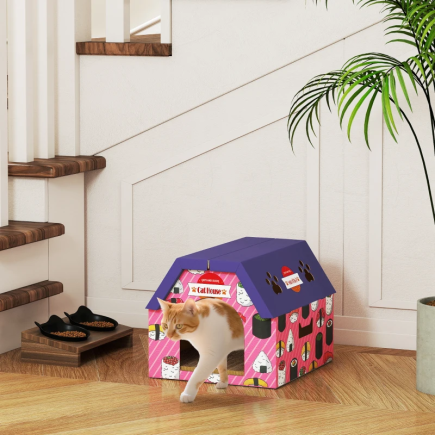
Putting together a console table may seem tricky at first, but with the right steps and tools, it can be done quickly and smoothly. This guide walks you through the full process in a simple, clear way, without extra fluff. Whether your table has drawers, shelves, or just a flat surface, these instructions apply to most standard console tables.
Unbox and Arrange All Parts

Start by opening the box and laying everything out. Make sure you have all parts and hardware before beginning. Use a soft cloth or rug underneath to prevent scratches.
Common Parts You Might Find:
- Tabletop
- Legs (Right and Left)
- Support beams
- Cross rail or middle brace
- Screws, bolts, washers, and dowels
- Allen keys or small wrenches
Tip: Keep screws and small items in bowls or trays so nothing rolls away.
Set Up Your Workspace and Tools
Choose a flat, open area with good lighting. A soft surface like a carpet or large towel will help prevent damage to the table parts.
Basic Tools You’ll Need:
- Allen wrench (usually included)
- Manual screwdriver
- Optional: rubber mallet or soft hammer
- Protective gloves (optional)
Avoid using electric drills unless you’re confident. It’s easy to over-tighten and strip screws.
Step 1: Attach the Legs to the Top Support

Start by attaching the legs to the top support rail. These rails usually sit just below the tabletop and connect the left and right legs.
- Line up the leg with the rail, making sure it faces the correct direction.
- Use bolts and washers to secure the connection.
- Tighten slightly using the Allen wrench.
- Repeat for the other side.
Leave the bolts slightly loose for now so you can adjust alignment later.
Step 2: Install Cross Rails and Stretchers

Once the legs are connected to the top support rails, you’ll need to attach the cross rails and any stretchers.
- Slide the long cross rail between the two leg sets.
- Insert dowels if needed.
- Use screws or bolts to attach both sides securely.
- Add any horizontal stretchers or lower bars and fasten them
Make sure everything is straight and level before fully tightening.
Step 3: Prepare the Tabletop
Flip the tabletop upside down on a clean surface. Position the assembled leg and frame structure onto the bottom of the tabletop.
- Align all predrilled holes.
- Insert wooden dowels into the holes (if included).
- Use the correct bolts and washers to attach the frame to the tabletop.
- Lightly tighten the bolts using the Allen wrench.
This step is important, so double-check alignment before securing.
Step 4: Add Center Support or Middle Rail (if included)

Some console tables come with a center support piece to make the structure more stable.
- Slide the center rail into the bottom section.
- Use screws to attach each end.
- Check that everything is centered and tight.
This adds strength and keeps the legs from shifting.
Step 5: Secure All Bolts and Screws
Now that everything is in place, it’s time to go back and tighten all the screws and bolts fully.
- Start from the center and move outward.
- Make sure all parts are firm, but don’t over-tighten.
- If any parts seem uneven, loosen and re-tighten them in sequence.
This step ensures your table is solid and won’t wobble.
Step 6: Install Power Features or Accessories (If Any)
If your console table includes a power plug or USB ports, install them now.
- Drop the power insert into the square cutout on the tabletop.
- Use small screws to secure it.
- Plug it in carefully and test that it works.
Tip: Use a manual screwdriver for this part to avoid damaging small screws.
Step 7: Add Finishing Pieces and Flip the Table

Once everything is secure:
- Add any rubber pads or feet to the bottom of the legs.
- Carefully flip the table upright with help if needed.
- Test for balance and make sure all legs sit evenly.
If your table wobbles, adjust the screws or add felt pads under one leg.
Helpful Assembly Table
| Step | What to Watch For | Quick Fix Tip |
| Leg connection | Holes not lining up | Reverse or rotate the piece |
| Tabletop placement | Dowels don’t fit | Lightly tap with soft hammer |
| Screws not going in | Threading issue or misalignment | Apply light soap or wax to screw tips |
| Table wobbles | Uneven floor or misalignment | Adjust screws or add pads |
| Power unit loose | Cutout not aligned | Realign before tightening |
Storage & Styling Tips
Console tables can be both functional and stylish. You can pair them with other compact furniture for better use.
- Place baskets or a rolling shelf under the table for storage.
- Use a small lamp or tray on top for added function.
- Add a mirror or wall hooks above for an entryway setup.
- Use slim stools or ottomans underneath to save space.
Choose furniture that matches in colour or finish for a cohesive look.
Assembly Tips for Best Results
- Always leave screws a bit loose at first until all parts are in place.
- Double-check the orientation of parts before tightening.
- Use soft cloths to avoid scratching surfaces while assembling.
- Keep extra screws and tools in a labelled bag for future use.
Tight Bolts, Twisted Frames, and Victory Dances
Sometimes, things don’t line up right away. Sometimes, a screw will refuse to catch. But with a little patience and a few turns of an Allen key, you’ll get there. Console Tables are one of the most useful pieces you can add to a room, and assembling them doesn’t have to be frustrating.
So take your time, stay organized, and don’t forget to give yourself a little victory dance when it’s done. Now go style that table like a pro.
FAQs
1. How can I prevent scratches while assembling my console table?
To avoid scratches, always place the parts on a soft surface like a rug or towel. This will protect the table components from getting damaged during assembly. Also, use a soft cloth to wipe off any dust or debris as you work.
2. What should I do if the screws aren’t going in properly?
If screws are not going in, ensure the holes are aligned properly and apply a small amount of soap or wax to the screw tips. This will help lubricate the threading and allow for smoother insertion without damaging the material.
3. How do I fix a wobbly table after assembly?
To fix a wobbly table, first check if the floor is uneven. Then, ensure all screws are tight and aligned. If necessary, add felt pads to the legs for additional stability.
4. How can I secure the power unit on my console table?
If your console table includes a power unit, align it carefully with the cutout on the tabletop. Use small screws to secure it, and always test the functionality before fully tightening to ensure everything is working properly.
5. What can I do if my console table is too difficult to assemble?
If the assembly seems too difficult, take breaks and revisit each step methodically. Always ensure the parts are oriented correctly before tightening screws. Additionally, don’t hesitate to ask for help to avoid rushing through the process.

